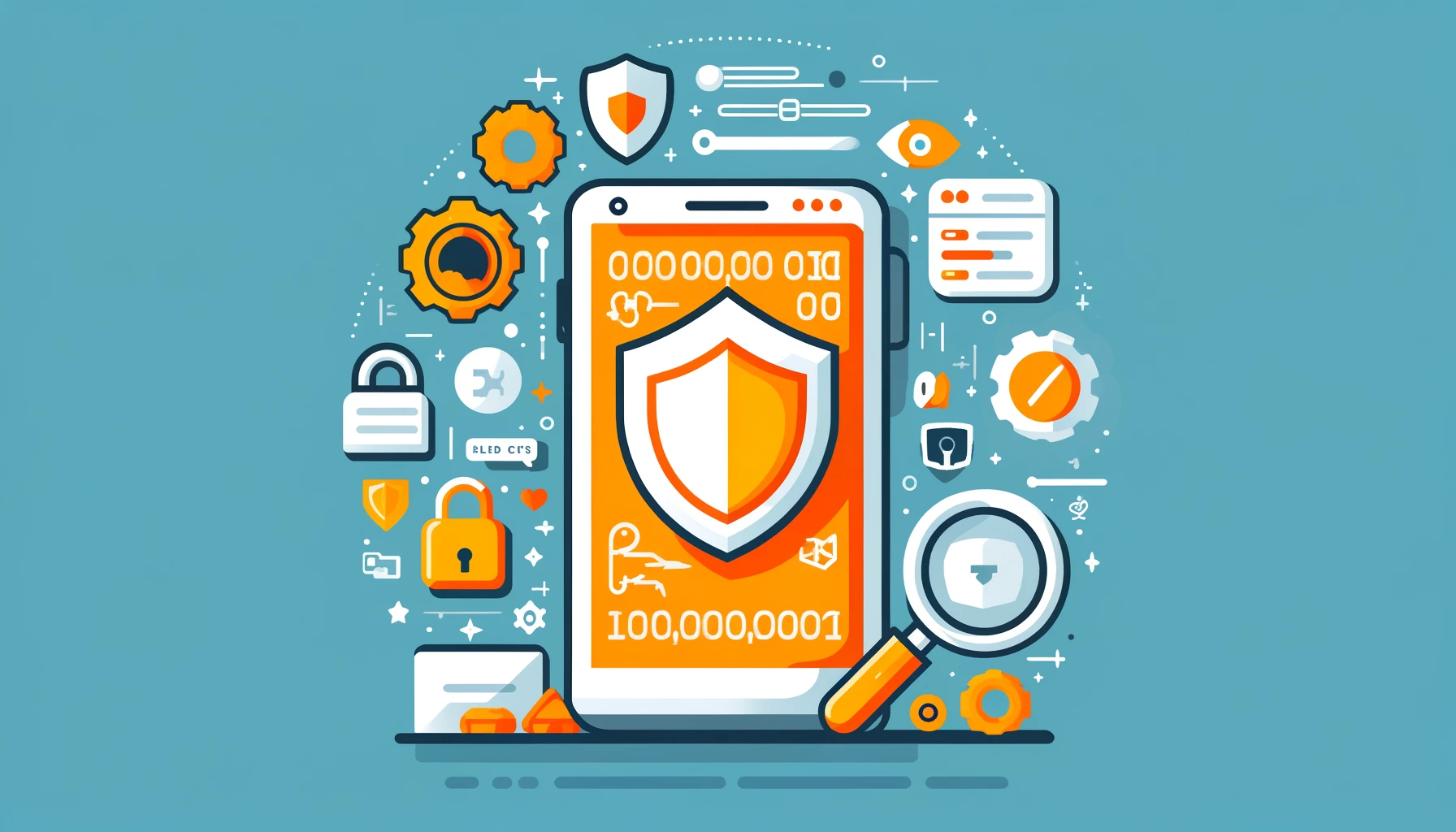In the rapidly evolving digital landscape, security is not just a feature but a foundation of software development. Effective security measures safeguard sensitive data and ensure reliable user experiences. This article explores advanced strategies for building secure applications, emphasizing OWASP compliance, the use of third-party authentication, Object-Relational Mappings (ORMs), serverless architectures, and additional security practices.
Adhering to OWASP Compliance
The Open Web Application Security Project (OWASP) provides essential guidelines for developing secure applications. Following the OWASP Top 10, a list of the most critical security risks to web applications, is fundamental. These guidelines help developers prevent common vulnerabilities such as SQL injections, XSS, and broken authentication, ensuring a robust defense mechanism is embedded within the application.
Implementing Third-Party Authentication
Authentication services like Auth0 and Amazon Cognito specialize in managing user identities and access controls, offering advanced features like multi-factor authentication (MFA) and single sign-on (SSO). These services reduce the burden on developers by handling complex security challenges with constantly updated, state-of-the-art security measures.
Utilizing ORMs for Database Security
Object-Relational Mapping (ORM) tools such as Hibernate and Entity Framework abstract database interactions, which helps prevent SQL injection attacks—one of the most common security threats. By handling SQL code generation, ORMs reduce the risk associated with hand-coded SQL queries.
Leveraging Serverless Architectures for Enhanced Security and Resilience
Serverless computing platforms like AWS Lambda and Azure Functions offer significant security advantages by abstracting the underlying infrastructure management. Paired with API Gateways, they provide a robust architecture that minimizes the attack surface by eliminating the need for a traditional server setup.
Security Benefits of Serverless:
Managed service: The cloud provider manages the base server and system security, allowing developers to focus on application-level security measures.
Auto-scaling: Serverless functions scale automatically, reducing the risk of DDoS attacks overwhelming the system.
Isolation: Each function runs in isolation, limiting the impact of a potential security breach.
Incorporating Advanced Security Features
To further secure applications, implementing features like rate limiting, request throttling, and IP whitelisting can prevent abuse and mitigate DDoS attacks. These measures control the traffic to your application, protecting against spikes that could lead to service disruptions.
Utilizing Threat Monitoring and Detection Libraries
Integrating threat monitoring libraries and tools can provide real-time alerts and insights into potential security threats. Tools such as AWS Shield for DDoS protection, AWS WAF for application firewall capabilities, and third-party solutions like Splunk or Datadog for monitoring, can help detect and respond to security incidents swiftly.
Conclusion
Building secure software requires a multi-faceted approach that includes compliance with established security standards, leveraging modern authentication methods, using secure programming practices, and adopting new technologies like serverless computing. By incorporating these layers of security, developers can not only defend against a wide range of threats but also build trust with users, ensuring the long-term success and reliability of their applications. Implementing these strategies ensures that applications are not only functional and performant but also secure and resilient against evolving cybersecurity threats.

